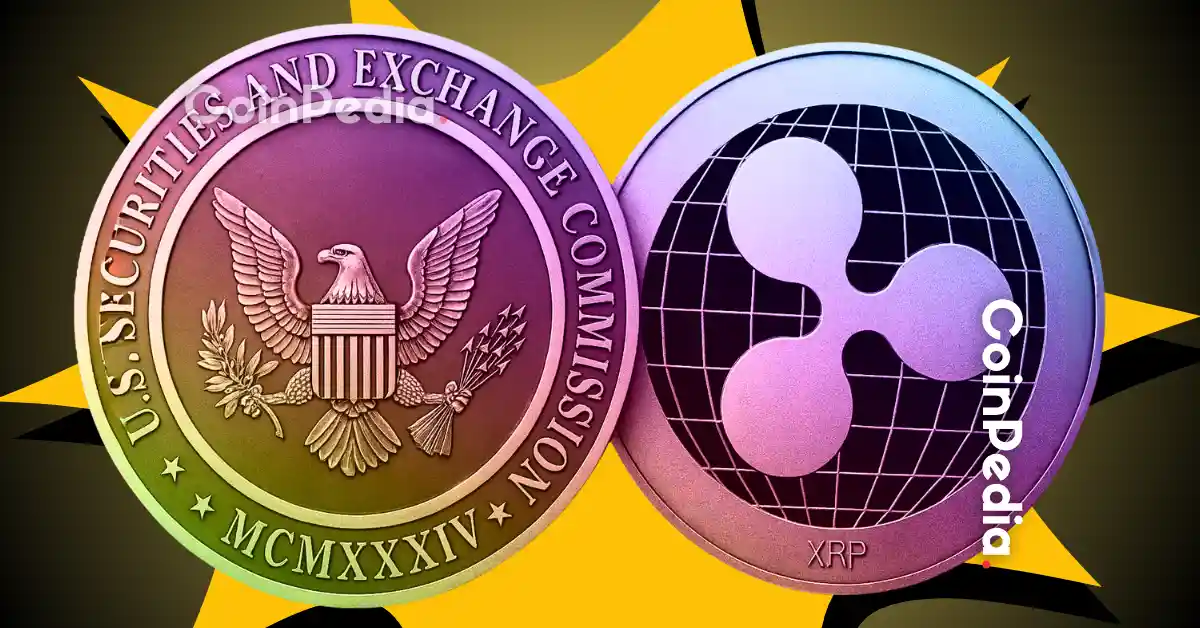The Ripple vs. SEC Legal Battle: A Pivotal Moment for Cryptocurrency Regulation
Introduction: A Battle That Transcends Ripple
The legal confrontation between Ripple Labs and the U.S. Securities and Exchange Commission (SEC) is more than just a dispute between a company and a regulator. It is a defining moment for the cryptocurrency industry, a test case that could shape the regulatory landscape for digital assets for years to come. The case has drawn intense scrutiny from investors, entrepreneurs, and policymakers alike, as its outcome could determine the future of innovation and compliance in the crypto space.
The Genesis of the Conflict: A Clash of Perspectives
The SEC’s lawsuit against Ripple, filed in December 2020, marked a turning point in the regulatory treatment of cryptocurrencies. The agency alleged that Ripple’s sale of XRP constituted an unregistered securities offering, seeking to hold the company and its executives accountable for what it deemed a violation of federal securities laws. This move sent shockwaves through the crypto market, as XRP’s price plummeted and exchanges scrambled to delist the token amid regulatory uncertainty.
Ripple, however, was not willing to concede. The company argued that XRP is not a security but a currency, designed to facilitate cross-border payments and transactions. This defense challenged the SEC’s broad interpretation of securities laws, setting the stage for a legal battle that would test the boundaries of regulatory authority in the digital age.
The Legal Odyssey: A Marathon of Courtroom Drama
The legal proceedings that followed were anything but straightforward. The case was marked by intense discovery battles, expert testimonies, and a deluge of court filings that kept legal analysts and crypto enthusiasts on the edge of their seats. Key rulings, such as Judge Analisa Torres’s decision in July 2023, provided moments of clarity and relief. Her ruling that XRP, when sold to retail investors on exchanges, was not a security, was a partial victory for Ripple and a significant blow to the SEC’s case.
However, the legal saga was far from over. The SEC’s refusal to officially close the case, despite Ripple’s decision to withdraw its cross-appeal, left the XRP community in a state of limbo. Rumors and speculation swirled, with some suggesting that Ripple might pay the settlement fine in XRP tokens. This was later debunked by former SEC lawyer Marc Fagel, who confirmed that the $125 million fine had already been paid in cash. Yet, the delay in formally resolving the case raised questions about the SEC’s internal processes and its broader strategy.
The SEC’s Internal Maze: Bureaucracy vs. Clarity
The prolonged resolution of the Ripple case can be attributed, in part, to the SEC’s internal procedures. The agency’s structure requires multiple layers of review and approval before a case can be officially closed. This bureaucratic process, while intended to ensure thoroughness and alignment with the agency’s objectives, has contributed to the frustration and uncertainty within the XRP community.
The SEC’s internal procedures involve drafting memos, conducting division reviews, and scheduling votes—a process that can take time. This delay has fueled speculation about the SEC’s intentions and has left the crypto market guessing about the next steps. The agency’s silence on key questions, such as whether it will drop its remaining claims against Ripple executives or appeal Judge Torres’s ruling, has only deepened the uncertainty.
The Ripple Effect: Broader Implications for the Crypto Industry
The Ripple vs. SEC case is not just about one company or one cryptocurrency. Its outcome has far-reaching implications for the entire crypto industry. The case has highlighted the need for clear and consistent regulatory frameworks that can foster innovation while protecting investors. A favorable resolution could pave the way for greater institutional adoption of digital assets, while an unfavorable outcome could stifle innovation and drive crypto projects away from the U.S. market.
The case has also raised important questions about the regulatory status of digital assets. While Judge Torres’s ruling provided some clarity, it did not definitively classify XRP as a currency or a security. This ambiguity could hinder institutional adoption and limit XRP’s potential, as investors and financial institutions remain cautious about the legal risks associated with the token.
The Path Forward: Scenarios and Uncertainties
As the Ripple vs. SEC case nears its conclusion, several scenarios could unfold. The most optimistic outcome would be a formal dismissal of the case by the SEC, removing the legal overhang and paving the way for spot XRP ETFs, institutional partnerships, and wider adoption of XRP. However, the SEC could also choose to pursue its claims against Ripple executives or appeal Judge Torres’s ruling, prolonging the legal battle and maintaining uncertainty.
Another possibility is a final settlement agreement between Ripple and the SEC that resolves all outstanding issues. This would provide clarity and certainty for both parties and the XRP community, allowing the market to move forward with greater confidence.
Conclusion: A Defining Moment for Crypto Regulation
The Ripple vs. SEC legal battle is a defining moment for the cryptocurrency industry. It is a test case that will shape the regulatory landscape for digital assets, influencing how other cryptocurrencies are classified and regulated. The outcome of this case will determine whether the U.S. remains a hub for crypto innovation or whether the industry seeks refuge in more crypto-friendly jurisdictions.
As the case nears its conclusion, the crypto community eagerly awaits a final resolution that will provide clarity, certainty, and a path forward for XRP and the broader digital asset ecosystem. The Ripple vs. SEC saga serves as a reminder of the complexities and challenges facing the crypto industry, but also of its resilience and determination to thrive in the face of regulatory uncertainty. The echoes of this legal battle will continue to resonate, shaping the future of cryptocurrency for years to come.

